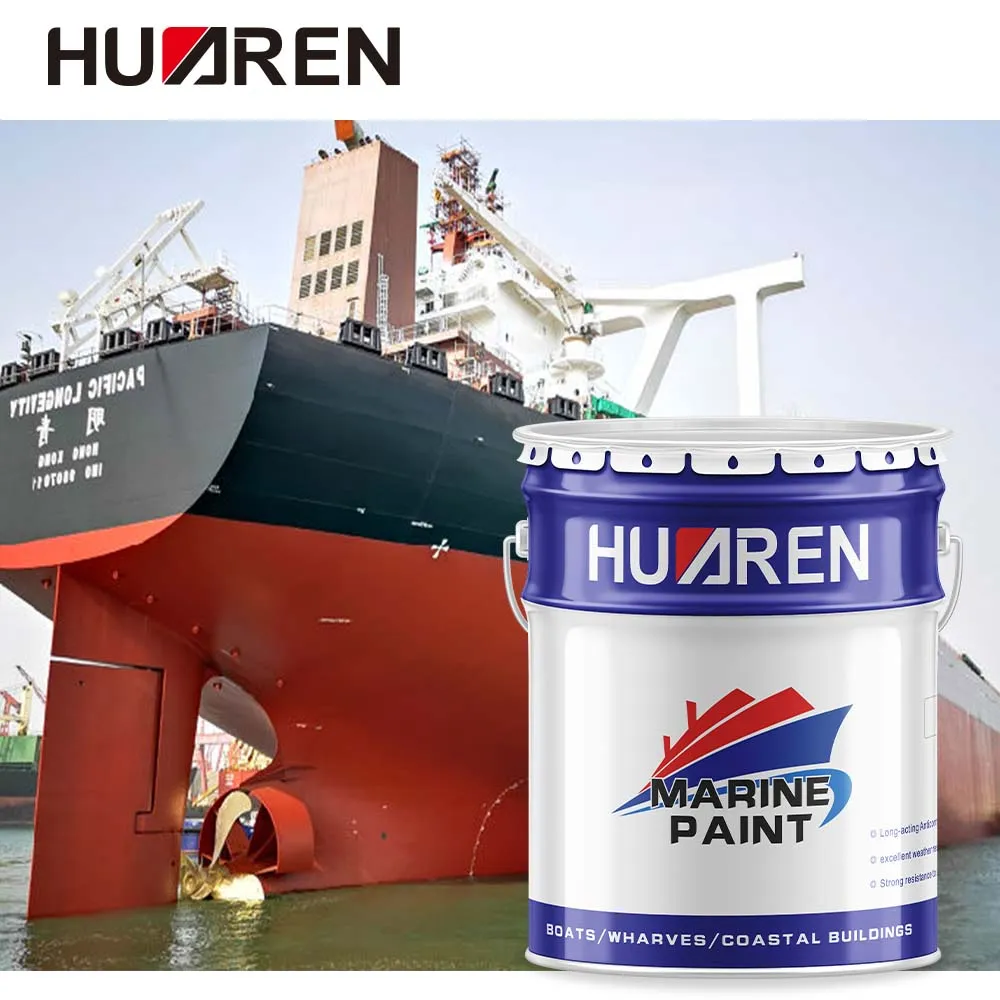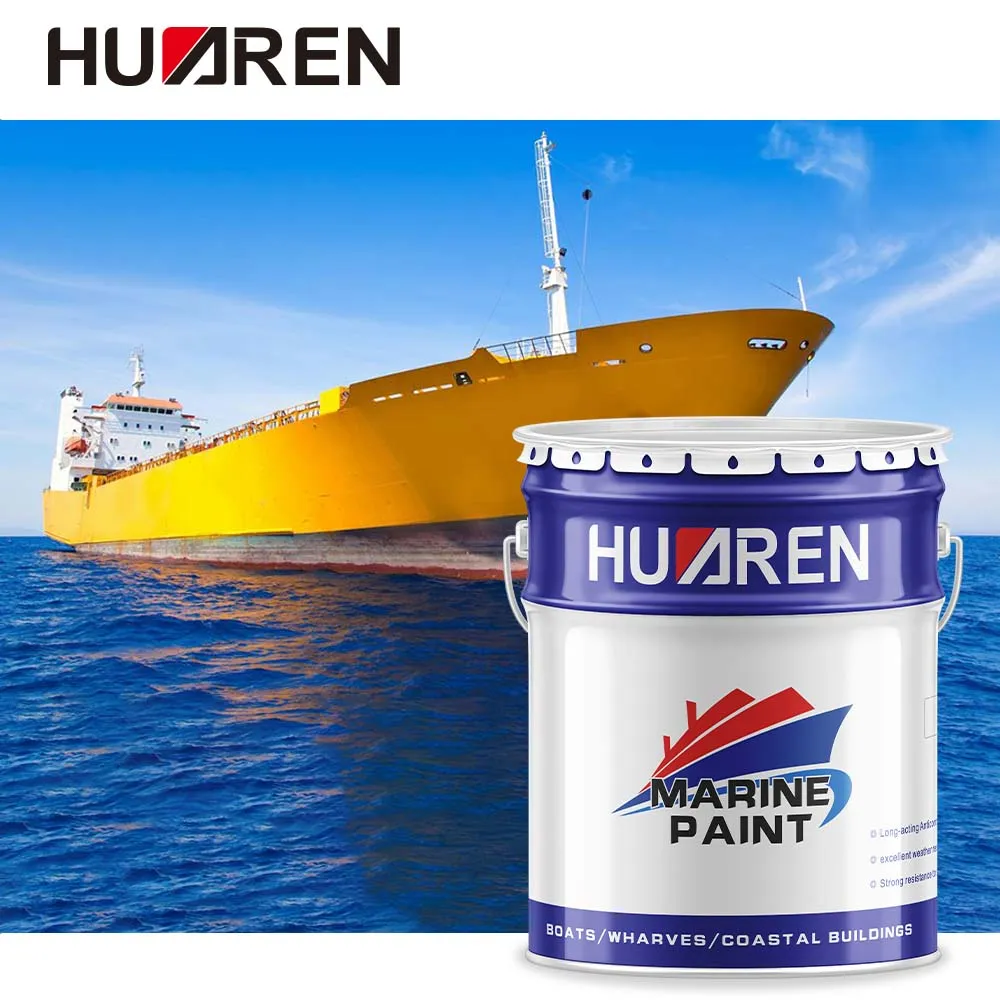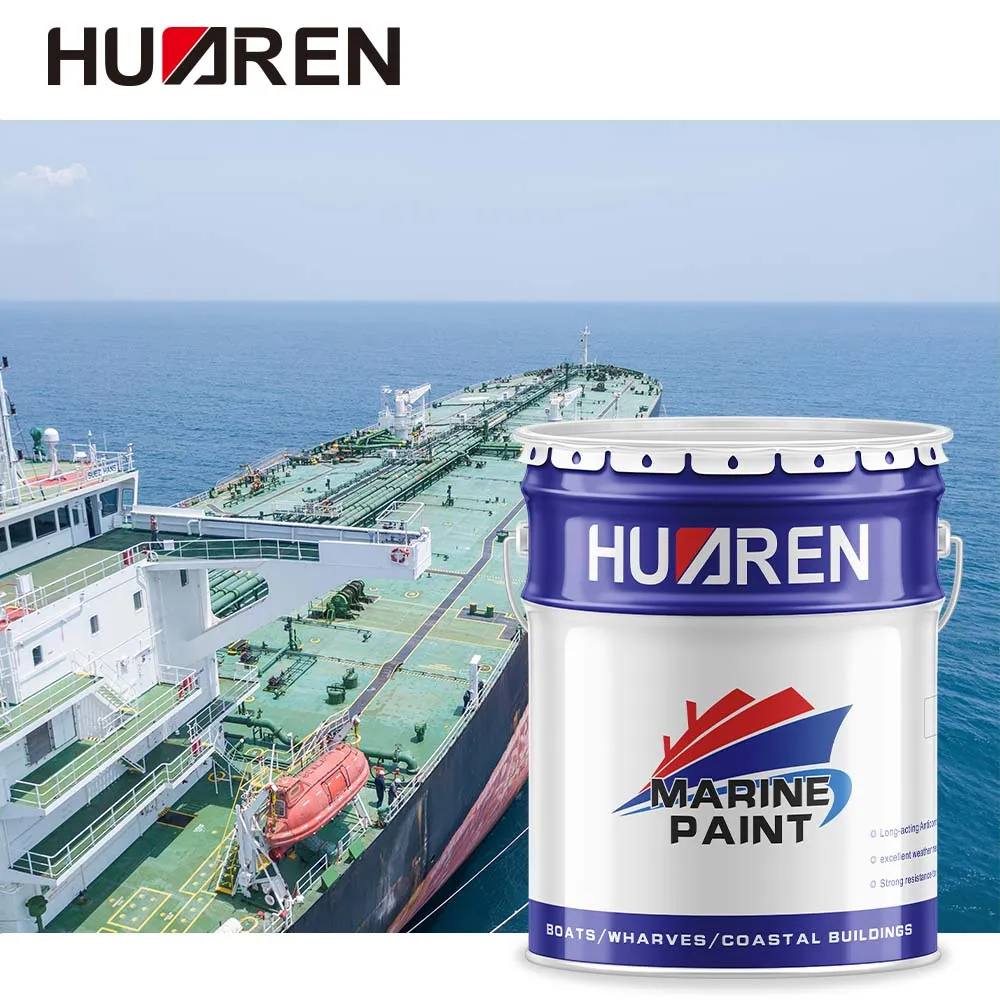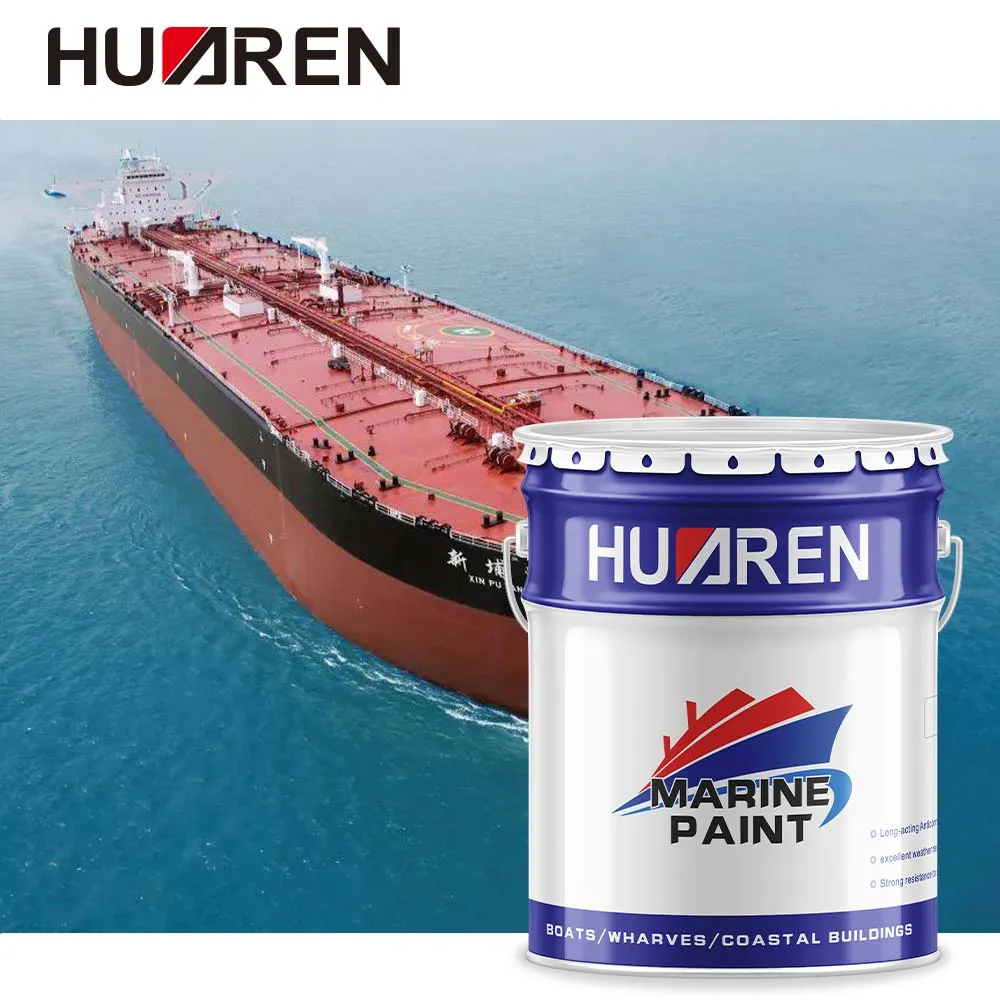Ship maintenance has always been an important task in the shipping industry, especially the maintenance of the bottom of the hull. With the attachment of marine organisms and the corrosion of seawater on the hull, boat bottom paint has become a key measure to prevent these problems. Antifouling boat paint, as a special hull paint, can effectively prevent the attachment of marine organisms and reduce the water resistance of the ship, thereby improving the speed and fuel efficiency.
However, many ship maintainers often encounter a problem when applying antifouling boat paint: Is it necessary to apply a layer of primer before the antifouling boat paint coating? This article will explore this issue in depth, analyzing the functions of boat antifouling paint, the role of primer, the combination of the two and its impact on ship performance.

What is the role of antifouling boat paint?
Antifouling boat paint is a paint specially designed for the bottom of the ship. Its main purpose is to prevent marine organisms (such as seaweed, shellfish, conch, etc.) from attaching to the surface of the hull. The attachment of marine organisms will not only increase water resistance and reduce speed, but may also cause hull corrosion, thereby shortening the service life of the ship. Antifouling boat paint is usually composed of antifouling substances (such as copper-based compounds, zinc, lead and other metal components), which can effectively inhibit the attachment of marine organisms.
The function of antifouling boat paint is not limited to preventing biofouling. It can also provide anti-corrosion protection for the hull, especially when it is immersed in seawater for a long time, antifouling boat paint can prevent the erosion of the hull by salt and chemicals in seawater. In addition, antifouling boat paint can reduce water resistance, improve the fuel efficiency of ships, and reduce the operating costs of ships.
The effectiveness of antifouling boat paint is affected by many factors, including water temperature, water depth, pH of seawater, and the type and quality of paint. Different types of antifouling boat paint adapt to different environments, so it is crucial to choose the right antifouling paint.

What is the role of primer?
Primer, also known as basecoat, is a coating used during the painting process to enhance coating adhesion, improve anti-corrosion performance and provide a smooth base. For ships, primer plays several key roles:
● Enhanced adhesion: Primer can improve the adhesion of the upper coating (such as antifouling boat paint) to the metal surface of the hull. This is especially important for metal hulls, because the metal surface needs to be treated and polished before the paint is applied to ensure that the coating adheres firmly.
● Anti-corrosion effect: The anti-corrosion properties of primer can effectively prevent seawater from eroding the hull, especially on the bottom of the boat and other water-surface parts of the hull. Primer reduces the occurrence of corrosion reactions by isolating the contact between seawater and the metal surface.
● Provide a smooth base: Primer not only helps prevent corrosion, but also provides a smooth and uniform coating surface for boat antifouling paint. This ensures that the coating of antifouling boat paint is evenly distributed and plays its best antifouling effect.
● Improve the durability of the coating: As the first layer of coating, primer helps protect the hull metal from direct damage from environmental factors (such as salt spray, ultraviolet rays, etc.), extending the service life of the hull coating.
Therefore, primer is not only crucial to the adhesion and durability of antifouling boat paint, but also helps to improve the anti-corrosion effect of the entire coating system.

Combination of antifouling boat paint and primer
The combination of antifouling boat paint and primer is an important step to ensure that the ship maintains good performance in seawater for a long time. Primer is usually the first layer of paint in the painting process, and boat antifouling paint is a protective coating that finally covers the surface of the hull. Their combination can produce a synergistic effect and effectively improve the anti-corrosion, anti-fouling and durability of the ship.
● Primer enhances the adhesion of antifouling boat paint: Although the performance of antifouling boat paint is important, if the coating is not firm or the adhesion is not strong, the antifouling effect will be greatly reduced. As the first layer of paint, one of the main functions of primer is to enhance the adhesion of the upper layer of paint. Without the support of primer, antifouling boat paint may fall off or peel off, resulting in the inability to fully exert the protective effect.
● Primer provides additional anti-corrosion protection: Although boat antifouling paint has some anti-corrosion function, its main function is to prevent biological attachment and reduce water resistance. Primer mainly plays an anti-corrosion role. For the bottom of the hull, especially in the parts that are in contact with seawater for a long time, the anti-corrosion effect of primer is very important. If the primer does not provide effective anti-corrosion protection, the effect of antifouling boat paint may be weakened or even cause corrosion of the hull.
● Matching primer with antifouling boat paint: Different types of boat antifouling paint may require different primers. For example, some antifouling boat paints may be incompatible with water-based primers, so it is crucial to choose the right primer to match with boat antifouling paint. Using mismatched primers and antifouling boat paints may cause the coating to fall off, peel or other problems, thus affecting the maintenance effect of the ship.
● Extend the service life of the hull coating: Using primer during the painting process can not only improve the adhesion of the antifouling boat paint, but also effectively extend the service life of the entire coating system. The dual protection of primer and boat antifouling paint makes the hull more resistant to seawater erosion, attachment of marine organisms and other external factors, thereby reducing the maintenance needs of the ship.

Is antifouling boat paint necessary to use primer?
So, does antifouling boat paint need primer? The answer is: Generally speaking, primer is required.
Although some antifouling boat paints may have certain anti-corrosion functions and strong adhesion, in order to ensure the long-term stability and protection of the coating, primer is still recommended in most cases. Primer can provide better adhesion and prevent the coating from flaking or falling off, thereby ensuring that the function of antifouling boat paint is fully utilized. In addition, primer can also provide additional anti-corrosion protection for the hull, especially in an environment with long-term contact with seawater, which can greatly extend the service life of the hull.
However, there are some special cases. For example, some advanced boat antifouling paints are designed with strong adhesion and corrosion resistance and can be used alone without primer. For this case, ship operators need to judge whether primer is needed based on the specific paint instructions and the specific use environment of the ship.
Huaren Chemical Industry Co., Ltd. has been providing premium-quality resins, paints, and chemical products for nearly three decades. As a leading manufacturer in China, we offer a wide range of industrial coatings, including heavy-duty anti-corrosion paints, epoxy paints, and water-based industrial coatings. Our factory operates 30 advanced paint production lines and 6 resin production lines, with a total annual production capacity of over 20,000 tons. Buy in bulk, purchase wholesale, or request customized solutions for your business. Huaren provides competitive prices, discounts, and promotions on large orders, ensuring you get the best value for your investment. Trust Huaren for high-quality and reliable products at low prices.

